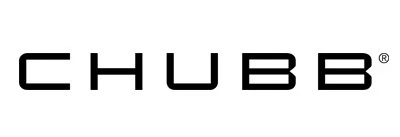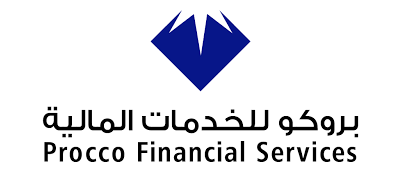Need Help? We are right here!
Search Results:
×LDAP, or Lightweight Directory Access Protocol, is employed to both retrieve and update directories within a network. Its scope extends to overseeing user permissions for servers, applications, and databases. However, LDAP's reliance on passwords for authentication poses a risk, as these can be compromised through various means like weak passwords, phishing, or brute force tactics. In the event of unauthorized access, all associated resources become vulnerable.
To fortify LDAP authentication and bolster security in LDAP Microsoft Entra ID integration, miniOrange introduces Multi-Factor Authentication (MFA). This pivotal layer of defense mandates users to furnish an additional authentication factor, such as a one-time password (OTP) sent to their mobile devices. This added step significantly heightens the barrier for hackers, making it substantially more challenging for them to breach sensitive information through LDAP login attempts. This integration safeguards LDAP security, shielding critical resources from potential threats.
MFA for LDAP works by adding an extra authentication factor to the LDAP authentication process. Here is a detailed description of the process:

Enforce granular access security policies and gain insights into users’ access devices, and set MFA policies for each user based on their role in the organization
Protect your data from phishing threats and reduce the risk of a data breach with an additional layer of authentication to enhance security.
Many regulatory compliances, such as HIPAA and GDPR, require organizations to implement MFA to protect sensitive data. In case of a data breach due to negligence, companies can be fined with hefty penalties.
LDAP MFA can be easily integrated with existing LDAP-based authentication systems, reducing the need for additional infrastructure investments
Enable consistent access security for both On-premises and Cloud applications.
You can configure to verify user login and password against Active Directory during the first step of MFA for Remote Desktop Services logins . RD Gateway and RD Web can similarly use Active Directory as the Identity Provider along with the miniOrange MFA solution.
miniOrange adds an extra layer of security by adding Multi-Factor Authentication (MFA) for Network Devices including VPN, Firewall, Switches, Routers, etc. Any LDAP directory can be configured with the miniOrange MFA solution to provide authentication services to any network device.
To protect your cloud applications, miniOrange provides flexible Single Sign-On (SSO) and supports multiple protocols like SAML, OAuth & JWT and if your system doesn’t support any protocols, we will provide you custom connectors.







"miniOrange provided DBS with a solution to restrict access to Fortigate VPN with Multi-Factor Authentication (MFA). Because the organization wanted the entire setup to be protected from internet exposure,..."
Multifactor authentication (MFA) is a security mechanism used to protect digital accounts, systems, or applications by requiring users to provide multiple forms of identification before gaining access. By combining multiple factors, multifactor authentication adds an extra layer of protection to your accounts and systems. Even if one factor is compromised, the attacker would still need access to the other factors to gain unauthorized entry.
Yes, LDAP Multi-Factor Authentication (MFA) is compatible with mobile devices. Users can receive one-time passwords (OTP) through authentication apps, push notifications, or SMS/email for added security during authentication. This enhances protection for LDAP-protected resources.
Yes, LDAP Multi-Factor Authentication (MFA) typically offers backup methods like recovery codes, email verification, SMS, voice call, and security questions. These provide alternatives if the primary MFA method is unavailable.
